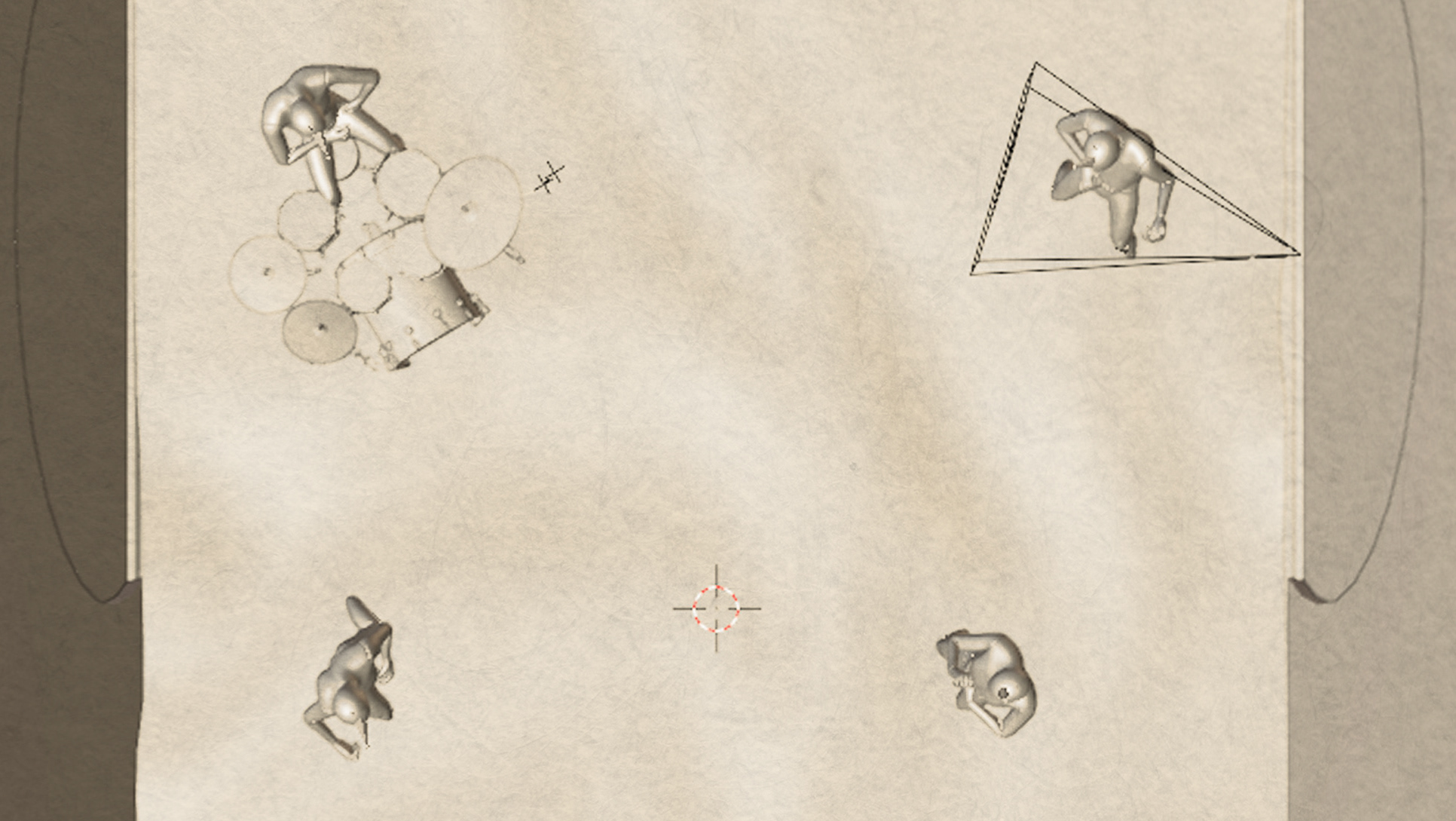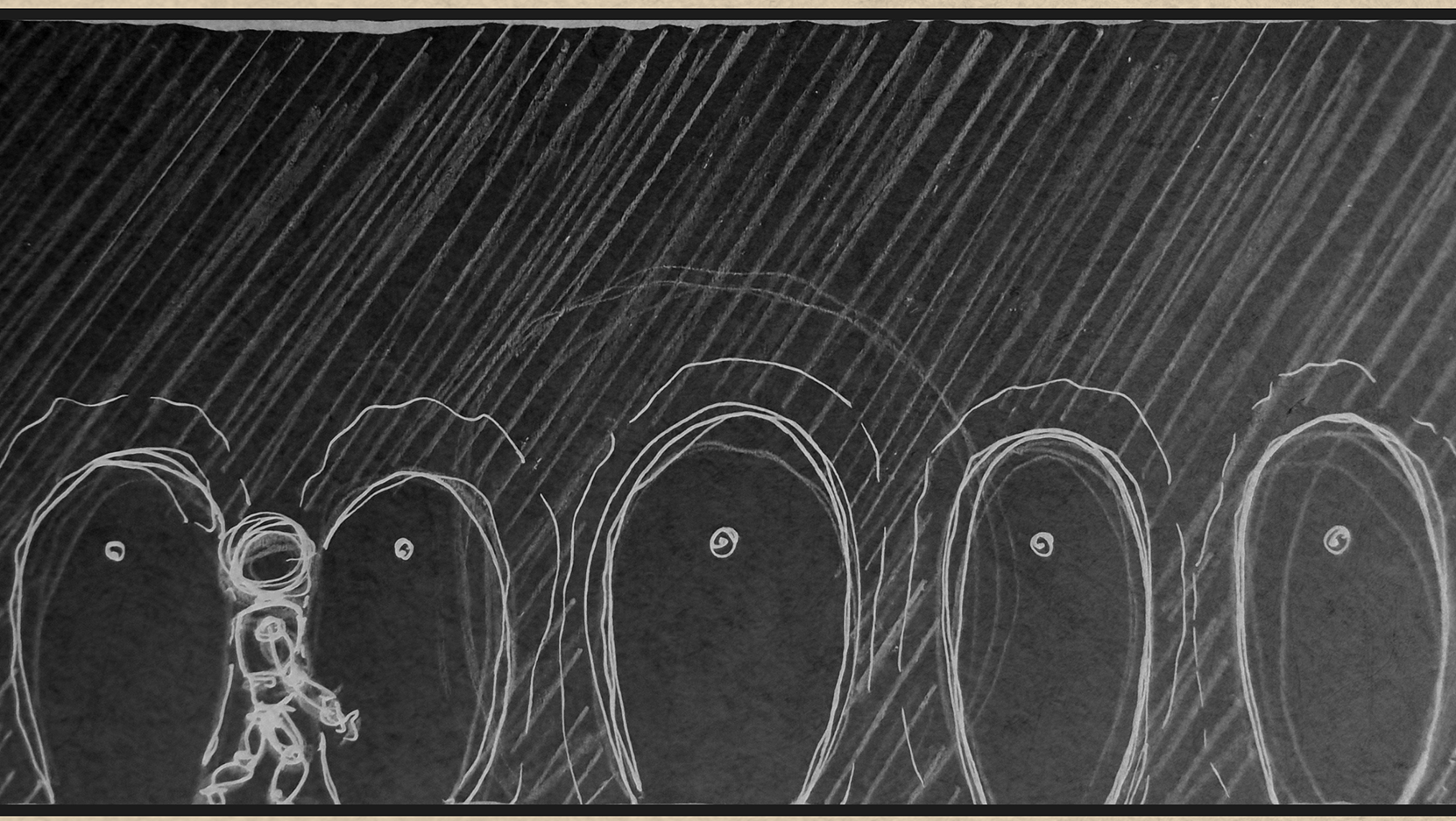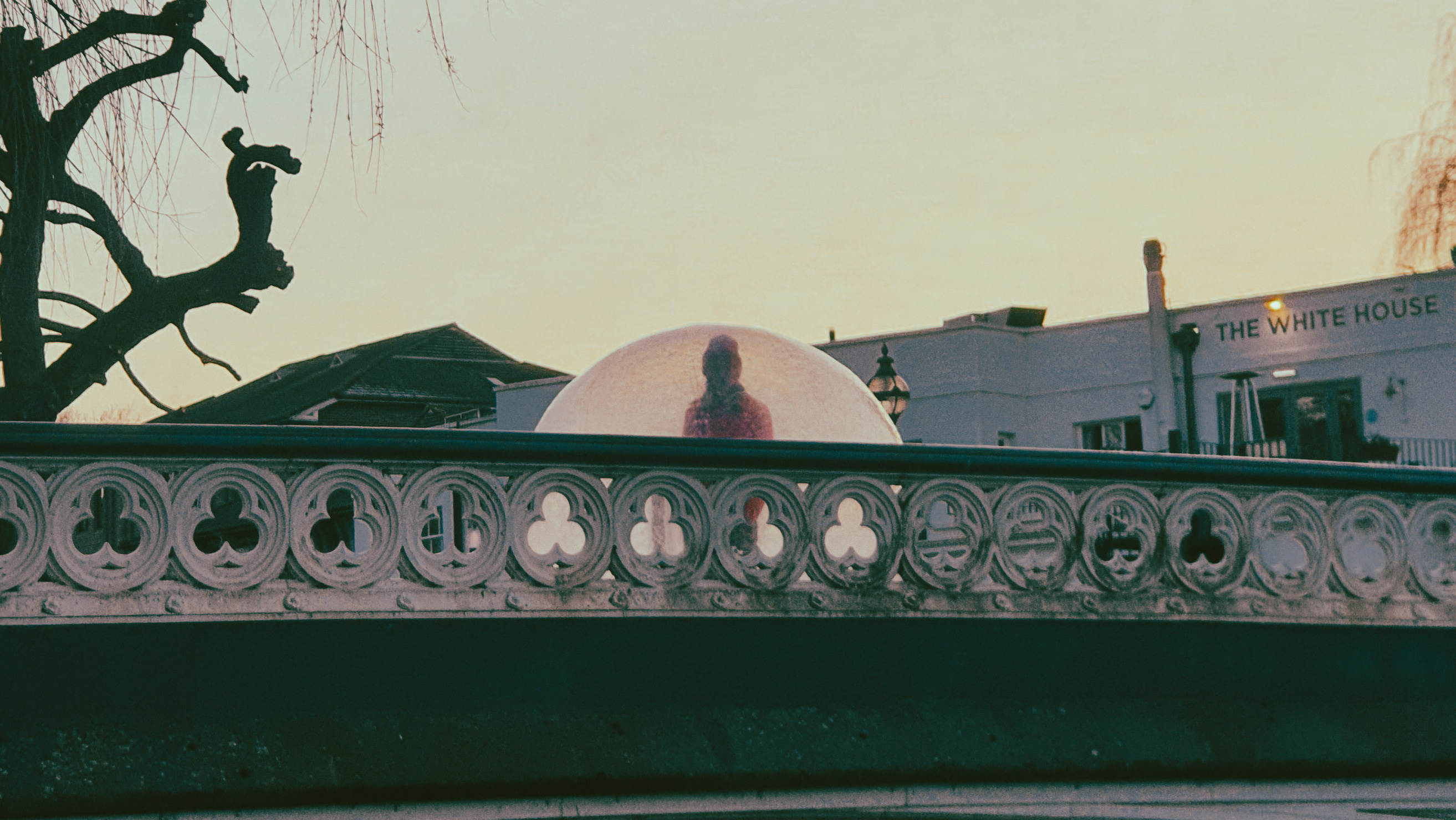Stanley Kubrick uniquely told personal stories through every part of filmmaking. He paid close attention to details and visual style in an unmistakable way. This shows his brilliant mind and talent. He left behind a timeless legacy in movie history, just like his films. To define a "Kubrick style" with its brilliance and challenges, first we must know the right meaning, basics, and duties of being a film director.
A movie director makes a film's story come to life. They work with groups to change a script into a tale. As the boss, the director connects different parts showing how the story is made and moved along. Balancing parts requires making sure an artistic view that all fits together. The director guides acting from the actors and helps catch feelings through camera spots, lights, and changing. While handling a hard job, the director's focus stays letting the script's message and getting people to watch. Their job is very important to changing a written thing into an exciting thing that entertains and inspires people who watch.
Certain directors are used as examples of the auteur theory, like Stanley Kubrick, Alfred Hitchcock, Ingmar Bergman, and Martin Scorsese. Each left a lasting impression on film through their unique artistic visions shown in their body of work. Hitchcock crafted suspenseful tales that played on viewers' psychology. Bergman explored human emotion and spirituality through examining relationships. Truffaut was a leader of the French New Wave movement, bringing a fresh casual approach. Kubrick's films analyzed the human condition through carefully planned stories. The auteur theory says directors have much control in movies and add their own views. It sees the director as central like a writer of a book. By focusing on the director's control of a movie's story, images, and topics, the theory shows their ability to bring artistic qualities to a film. The word "auteur" means writer in French and suggests directors write movies as writers do books. Directors who guide many of their own films have control over how movies are made. This includes writing screenplays, choosing actors, and visuals like camera shots. Auteur directors add unique things that show their style and ideas. You can see their signatures through came ra angles, repeated images or topics, and themes they focus on. A good example is the "Kubrick stare" often used by director Stanley Kubrick.
Stanley Kubrick paid close attention to every detail in filmmaking. He thought about everything like camera movement, lighting, and how things were shown. This created amazing compositions. His eyes ensured each frame showed depth and importance. His movies often had unexplained things for viewers to think about differently. Kubrick looked at complex parts of human nature and darker themes. Ethics, existentialism, and technology's effect on people were reoccurring themes. When writing, one should consider complexity and variation. Giving details makes things clearer and highlights perspective. Kubrick skillfully used classical music at key moments to strengthen emotional impact. The carefully chosen music added drama and highlighted sensitivity. Kubrick preferred long single shots and complex tracking shots. He used the Steadicam in films like "The Shining" and "Full Metal Jacket". Kubrick's movies across genres explored universal themes including civilization's dehumanizing effects, humanity's inherent violence, and rationality's fragility. His films often dug into technology's impact on our humanity and civilization's underlying brutality.
To know if something is "Kubrickian" means understanding how a movie shows important ideas and feelings through a director's techniques and topics. Kubrick's filmmaking has greatly influenced both praise and criticism for those copying his styles but lacking originality. Referencing Kubrick works best when new perspective is added clearly. Blindly copying feels empty, while thoughtful borrowing can offer fresh insights and challenge viewers as Kubrick did through symbolism and detached filming.
Kubrick chose each scene's look through framing, set design, and use of colour and lighting. Famous sets like the War Room and centrifuge showed how places affect stories. He built sets that put audiences into his worlds, not just as backdrops. Stanley Kubrick carefully studied details from history for films such as "Barry Lyndon" and "A Clockwork Orange." He did a lot of research with designers to make things correct. Clothes, houses, and things correctly showed what times were like. He also worked closely with set designers, filming scenes repeatedly to get details right. The films have stunning, eye-catching backgrounds fitting stories through care for small details. Famous set designs brought space alive richly instead of just as backdrop. For "2001: A Space Odyssey," Stanley Kubrick constructed a rotating wheel instead of special effects. Making movies practically, Kubrick worked with set designers. Together they showed his ideas within physical limits. In "Eyes Wide Shut," Kubrick showed how fancy, strange places of rich people revealed themes like desires and truths hidden from society. The scenes seemed like a dream, intensifying the feelings inside the characters.
Kubrick adeptly crafted films but occasionally his technical skills obscured emotional connections. In "A Clockwork Orange", clinical visuals depicted a frightening world but distanced views from empathy. While Kubrick's artistic decisions matched themes, wanting deeper involvement felt distant. Both perspectives are valid; a vision should not lose people. Finding middle ground between artist and relatability is key. Kubrick skilfully changed stories like "A Clockwork Orange" and "Barry Lyndon" in unique ways. Rather than directly copying the source material, he added his directorial perspective. This transformed the tales into remarkably memorable films.
Staying true to the original material has merits, though some issues arise. Reviews noted Kubrick's careful adaptations sometimes missed novel details and subtle hints. Stephen King, who wrote "The Shining," disliked Kubrick's version, feeling it strayed from intended messages. Though a masterwork, Kubrick's interpretation may have blurred perspectives in the adapted works. But on the other hand, these interpretations led him known for mysterious storytelling, usually leaving more questions than answers. "2001: A Space Odyssey" breaks rules, taking viewers on a strange trip through space and time about life's big mysteries. Some find Kubrick's tales hard to understand. The unclear parts can be seen in different, sometimes disagreeing ways. While this style can interest the audience, it may also push away those looking for clear stories. Kubrick's films demand involvement, turning the audience into meaning-makers with the director. Kubrick had a talent for bringing out exceptional performances from his actors. In "The Shining", Nicholson's iconic role showed madness in a memorable way. Debate surrounds Kubrick's directing style where he had actors do many takes of each scene. Actors like Shelley Duvall in "The Shining" talked about how hard it was emotionally to meet Kubrick's careful way of working. It blurred whether his work was just brilliant art or if it affected people's well-being during filming. The films turned out well, but questions come up about how directors worked with actors.
To sum up, Stanley Kubrick made very important films, making him a famous director. His great pictures, deep stories, and looking at big ideas have left a strong mark on movie making. But Kubrick's strong way of making movies and hard way of directing got both praise and blame. While people like his films for their deep thinking and beautiful pictures, they may be hard to watch for some who want stories that make them think more. No matter what, Kubrick's movie making shows how powerful films are for looking at big ideas with your mind and your imagination.
University for the Creative Arts
Erman OlmusBibliography
Bado, C., 2020. Kubrick: An Avante-Garde approach to The Auteur Theory. [Online]
Available at: https://chandlerbado.medium.com/kubrick-an-avante-garde-approach-to-the-auteur-theory-ec1d8bc6edf9
Available at: https://chandlerbado.medium.com/kubrick-an-avante-garde-approach-to-the-auteur-theory-ec1d8bc6edf9
Castle, A., 2023. The Stanley Kubrick Archives. s.l.:s.n.
Durham, B., 2020. Stanley Kubrick Directing Style Explained in 8 Parts. [Online]
Available at: https://www.studiobinder.com/blog/stanley-kubrick-directing-style/
Available at: https://www.studiobinder.com/blog/stanley-kubrick-directing-style/
Heckmann, C., 2020. How to Use Color in Film like Kubrick: Mise-en-Scène Elements Explained. [Online]
Available at: https://www.studiobinder.com/blog/mise-en-scene-elements-color-in-film/
Available at: https://www.studiobinder.com/blog/mise-en-scene-elements-color-in-film/
Parry, A., 2023. Stanley Kubrick: A Cinematic Odyssey. s.l.:s.n.



















